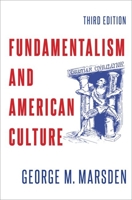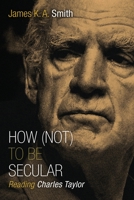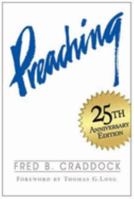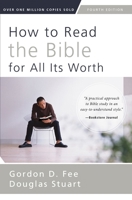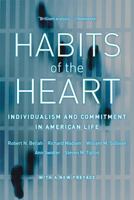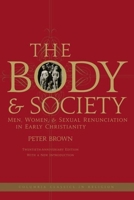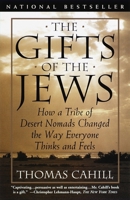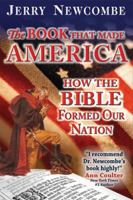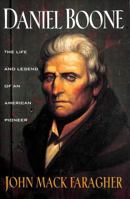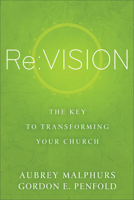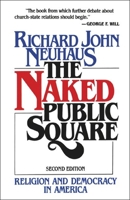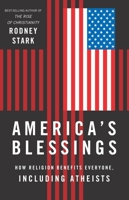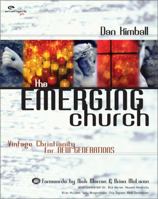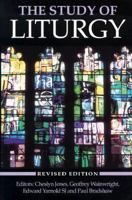The Churching of America, 1776-1990: Winners and Losers in Our Religious Economy
Select Format
Select Condition 
You Might Also Enjoy
Book Overview
Customer Reviews
Rated 5 starsChurching America
Critics of American Evangelicalism too often ignore the historical data detailed in The Churching of America 1776-1990: Winners and Losers in Our Religious Economy (New Brunswick, N.J.: Rutgers University Press, c. 1992) by Roger Finke and Rodney Stark. In America, at least, intellectuals have contributed little to church growth or to the preservation of orthodox doctrine. Instead, they have generally contributed to their...
0Report
Rated 5 starsGreat Book - Highly Recommended
This book is for anyone especially Christians who want to know what ever happened to the 'Old Time Religion'. It carefully and thoroughly shows that the established 'Churches' lost their vision and thus the place in Americans' hearts. It is well written, researched and documented. I highly recommend it.
0Report
Rated 4 starsExposing the myth of diminishing religious belief in the US
For years, Americans have been fed the story that religious belief in America is diminishing, as more citizens "drift away" from various churches toward secularism. The authors of this book, who examined thousands of church records and other documents from a more critical viewpoint, show this belief is false. The statistics, when evaluated objectively rather than through the typical "falling away from God" paranoia, show...
0Report
Rated 5 starsSociological study on the Inevitability of Temptation
This easy to read work intrigues. It does this by carefully challenging the previous conclusions of the churching of America, i.e. Ahlstrom et al.Starting with Colonial times, it reviews the quantitative analysis and the qualitative conclusions as well. It determined that much beginning from these times on has been distorted by bias and not using the best census material available.They deduce that successful church movements...
0Report
Rated 5 starsRequired reading for any church leader.
In this book Finke and Stark take a very analytical and careful approach to why some denominations grow and others shrink. Rather than rehashing the same ideas and theories, the perform numerical analysis of the actual percentage of Americans in each denomination, state by state, from 1776 to 1990. The results are amazing.United Methodists: note that our church has been shrinking since _1850_ as a percentage of the American...
0Report












